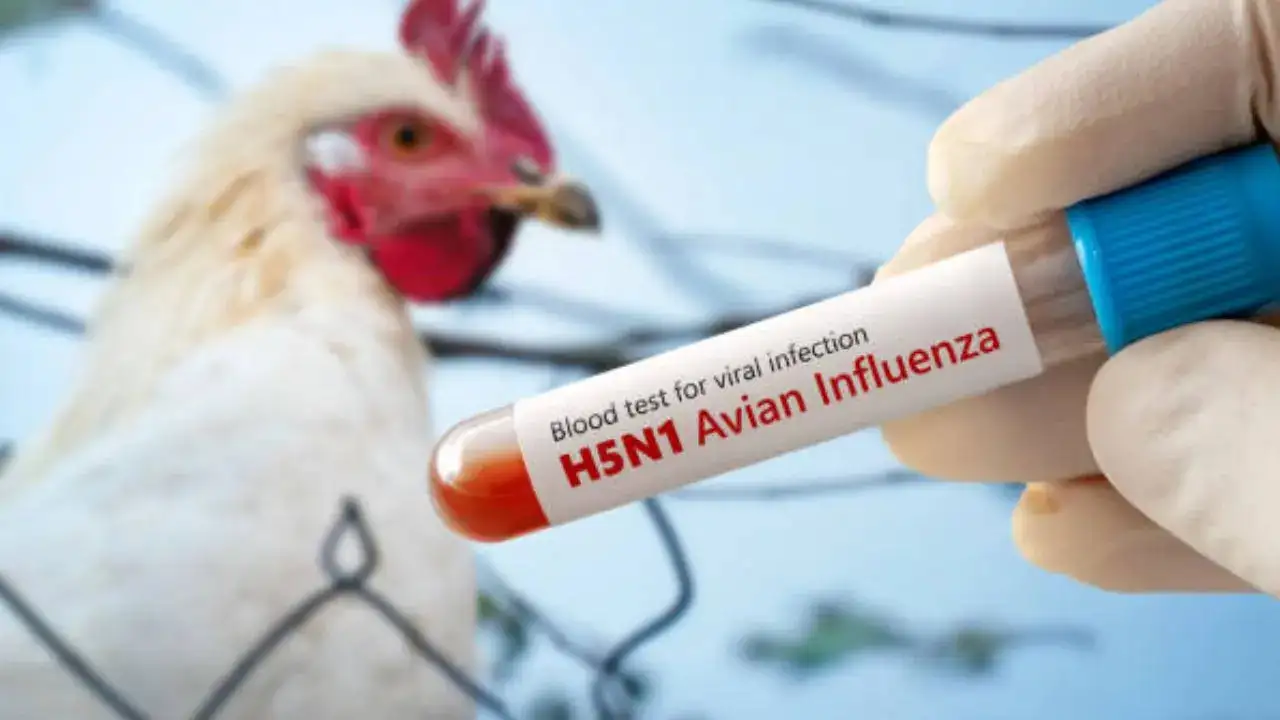
Bird Flu Outbreak In Andhra Pradesh: 6 Districts Affected — Are You At Risk? (Image Credits: iStock)
Andhra Pradesh has reported its first human fatality from H5N1 avian influenza after a two-year-old girl from Palnadu district tragically succumbed to the virus. According to health officials, the toddler reportedly contracted the virus after being fed a piece of raw chicken by her parents. The Andhra Pradesh government officially declared an outbreak of bird flu across six districts on April 4, 2025. Following lab confirmations, authorities designated specific areas as “infected” and “under surveillance” zones under the Prevention and Control of Infectious and Contagious Diseases in Animals Act, 2009, in a bid to prevent further transmission of the virus.
Which Districts Are Affected?
As per the government notification, bird flu has been confirmed in the following districts:
East Godavari
Kurnool
Eluru
NTR
Kakinada
The epicentres of the outbreak include Velpuru in Tanuku mandal (West Godavari), Kanuru Agraharam (East Godavari), NR Peta (Kurnool), Badampudi and Unguturu (Eluru), Anumullanka and Deeplanagar (NTR), and Ward 21 in Urban Pithapuram and Chendurthy (Kakinada).
Following confirmation from the National Institute of High-Security Animal Diseases (NIHSAD), Bhopal, the state has classified areas within a 0–1 km radius from each epicentre as infected zones, and areas within a 1–10 km radius as surveillance zones.
What Restrictions Are Being Made?
To control the spread of the virus, the movement of poultry and poultry products from these zones into disease-free areas has been strictly prohibited. The government has urged poultry farmers, transporters, and local vendors to fully cooperate with animal husbandry authorities and follow all biosecurity measures. Epidemiologists have long warned that bird flu outbreaks can rapidly escalate if not managed with strict containment and hygiene protocols. Early detection and proper segregation of infected zones are crucial in preventing the virus from spreading to humans.
What Is Bird Flu and How Does It Spread?
Bird flu is caused by avian influenza viruses, with H5N1 and H5N8 being among the most common strains to affect poultry. While bird flu primarily spreads among birds, in rare cases, it can infect humans through direct contact with infected birds, contaminated surfaces, or secretions such as droppings and saliva.
Symptoms to Watch Out For
Although human infection is rare, it is serious and requires immediate medical attention. Common symptoms include:
Cough
Sore throat
Muscle aches
Shortness of breath
Eye redness or conjunctivitis
In severe cases: pneumonia, multi-organ failure, and even death
Who Is At Risk?
Certain groups are more vulnerable to infection and should take extra precautionary measures:
Poultry workers and farmers
How to Stay Safe: Preventive Measures
Health authorities recommend the following safety practices to minimise the risk of infection:
Avoid contact with live or dead birds, especially in affected areas.
The Animal Husbandry Department in Andhra Pradesh is closely monitoring the situation and conducting surveillance to detect any new cases early. Culling of infected poultry and disinfection measures are being carried out wherever necessary.
While the outbreak is currently confined to six districts, public awareness and caution are key to containing the spread. If you live in or near the affected areas, follow government advisories, practice good hygiene, and avoid unnecessary contact with birds.
Get Latest News Live on Times Now along with Breaking News and Top Headlines from Health and around the world.


